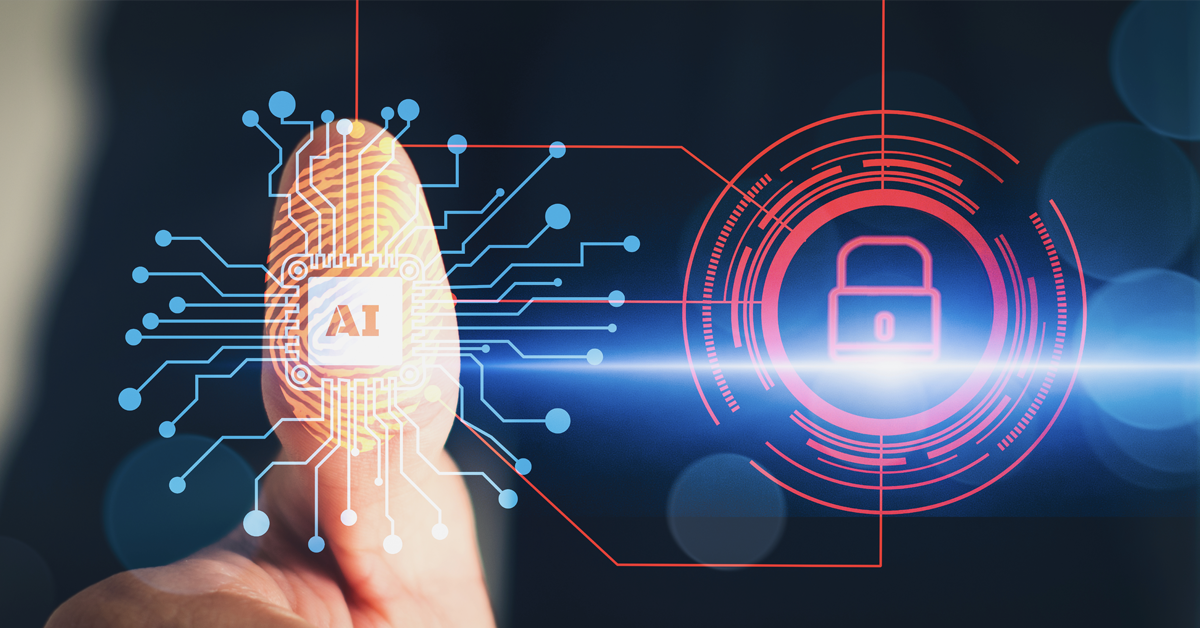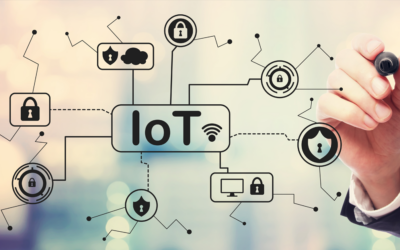The cybersecurity industry is becoming more complex, especially as bad actors gain new skill sets and there are more opportunities for significant exploitation due to quickly advancing technologies like AI. It is not surprising that chief information security officers (CISOs), who are charged with taking on these threat actors, are increasingly looking at AI as a new promising tool to help them level the playing field and turn the odds in their favor. But while AI has shown great promise in security, CISOs must realize that adopting it requires a new playbook with a heavier emphasis on due diligence, more rigorous management of data, and thoughtful use of automation.
Prioritize Due Diligence
Given their promise to reduce complexities and streamline operations, there is an understandable excitement and urgency to adopt the new AI technologies. At the same time, innovation is moving at a rate where security strategies are not adapting quickly enough to account for new risks and develop proper checks and balances. The first step to combat this is evolving cybersecurity frameworks and making them more future-proof. For a CISO, an evolved framework needs to start with AI-specific due diligence practices that include:
- Assurance: Objective analysis is crucial to reveal the entirety of the tech stack and any issues. This means proving the operating environment is capable of both mitigating threats and vulnerabilities as well as ensuring additional exploits cannot be created.
- Quality Control: Check the implementations, and then check them repeatedly. Newer innovations may not be “set it and forget it” and assumptions cannot be made that you have full visibility and control as data traffic increases more than ever due to advanced technologies.
- Risk Management: Comprehensive due diligence also includes risk mitigation strategies, monitoring, and reporting. Compliance and regulation must also be top of mind to align with best practices, as these can be blind spots that unsuspectingly emerge.
New Data Flows, New Playbook
Gartner predicts that 40% of enterprise applications will have embedded conversational AI by 2024, up from less than 5% in 2020. The analyst firm also cited that by 2025, 30 percent of enterprises will have implemented an AI-augmented development and testing strategy. Introducing AI into these data flows introduces yet another challenge that necessitates updates to a CISO’s playbooks and strategies.
Read More: The Role of AI in Cybersecurity: Benefits, Risks, and Challenges
What can be surprising to CISOs is the potential for self-inflicted wounds due to legacy data architecture not prepared for AI. For example, as new technologies are implemented, the management of these tools needs to be approached differently. There must be continuous testing and learning of these AI solutions to ensure accuracy, privacy, and compliance.
Gartner predicts that 40% of enterprise applications will have embedded conversational AI by 2024, up from less than 5% in 2020.
Further, automation may work against cybersecurity professionals if not properly configured. If exceptions to sweeping automation rules are not provisioned, it can undermine the intended benefits of automation, jeopardizing operational efficiency and organizational success. To avoid roadblocks and issues, human oversight is still a critical factor. CISOs who advise their teams to frequently review automation processes will be able to stay a step ahead so platforms can be adjusted and fine-tuned for optimization.
Additionally, according to Cybersecurity Ventures, there were 3.5 million unfilled cybersecurity jobs in 2023. Yet contradicting this is the fact that 81% of individuals surveyed want a human to be involved in AI processes, reviewing, and validating outputs. As the cybersecurity industry continues to face a dearth of talent, short-staffed organizations that implement AI must emphasize investment in their employees. Proper training and skill development around AI will help them better understand the technology, resulting in greater business outcomes.
Enable the SOC for Diverse Technologies
One of the best ways organizations can improve their security posture is by investing in AI solutions for their security operations center (SOC). AI is already helping SOCs become more autonomous, and CISOs are recognizing the transformative power it brings. A SOC that fully embraces AI offers the promise of vastly accelerated threat detection and response, greater visibility and contextual awareness, and a drastically reduced burden on SOC analysts.
Read More: Strengthen Industrial Cybersecurity with Unified Software Solutions
But while it may be enticing to rely on advanced technologies to make SOC operations easier, many vendors are rushing into this wave by tacking AI onto legacy products, as opposed to creating purpose-built AI solutions. While integrating AI into existing security operations products may seem like a pragmatic approach, it often leads to negative outcomes due to AI not being at the core of the product’s function. When AI is merely added onto existing products, it can result in suboptimal performance, limited reliability, and a lack of end-to-end integration. Security operations require robust, AI-driven solutions that are built to manage the complexities and challenges of modern cybersecurity threats. Building products from the ground up with AI allows for deep integration of AI algorithms into every aspect of the product’s design, architecture, and functionality. This approach enables better performance and more effective automation of security processes.
The CISO Evolution
As organizations embrace the transformative potential of AI in cybersecurity, CISOS must approach adoption with careful consideration and diligence. Prioritizing quality control checks, robust risk management strategies, and investment in employee training are essential steps to mitigate the risks associated with AI implementation. It’s also clear that the most successful solutions for CISOs will be those built from the ground up with AI. The call to action is clear – CISOs play a crucial role in safeguarding organizations, and their strategies must evolve to meet the challenges posed by technological advancements and the ever-present threat of cyber-attacks.




